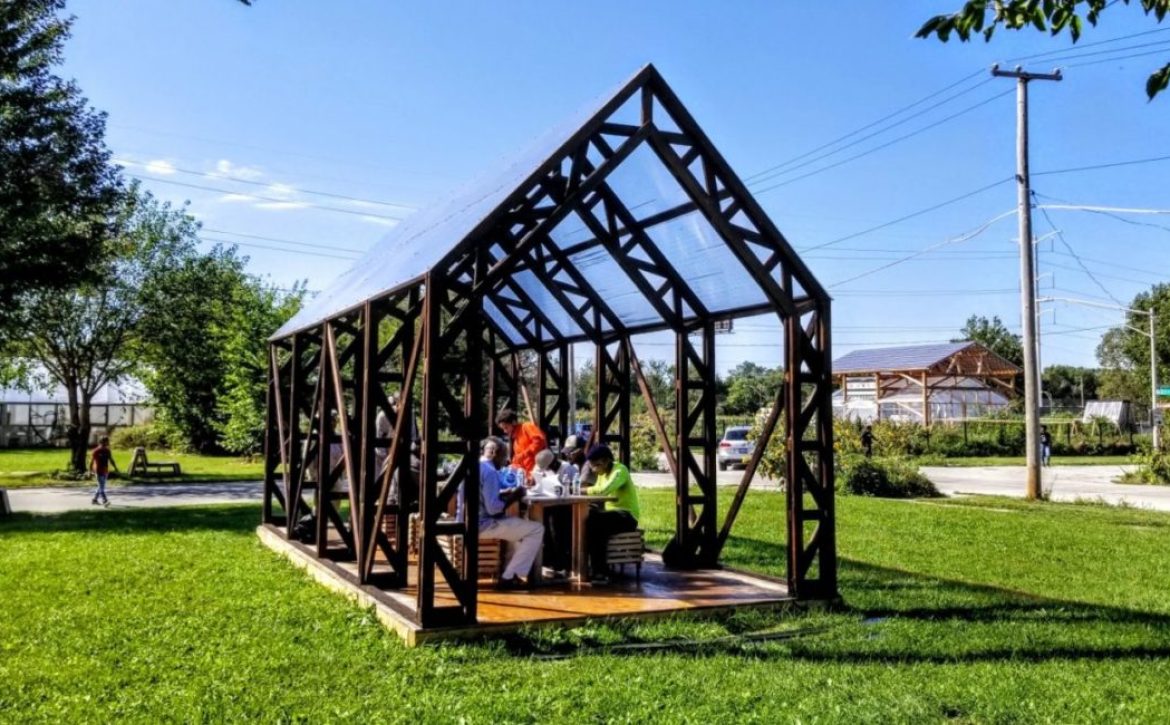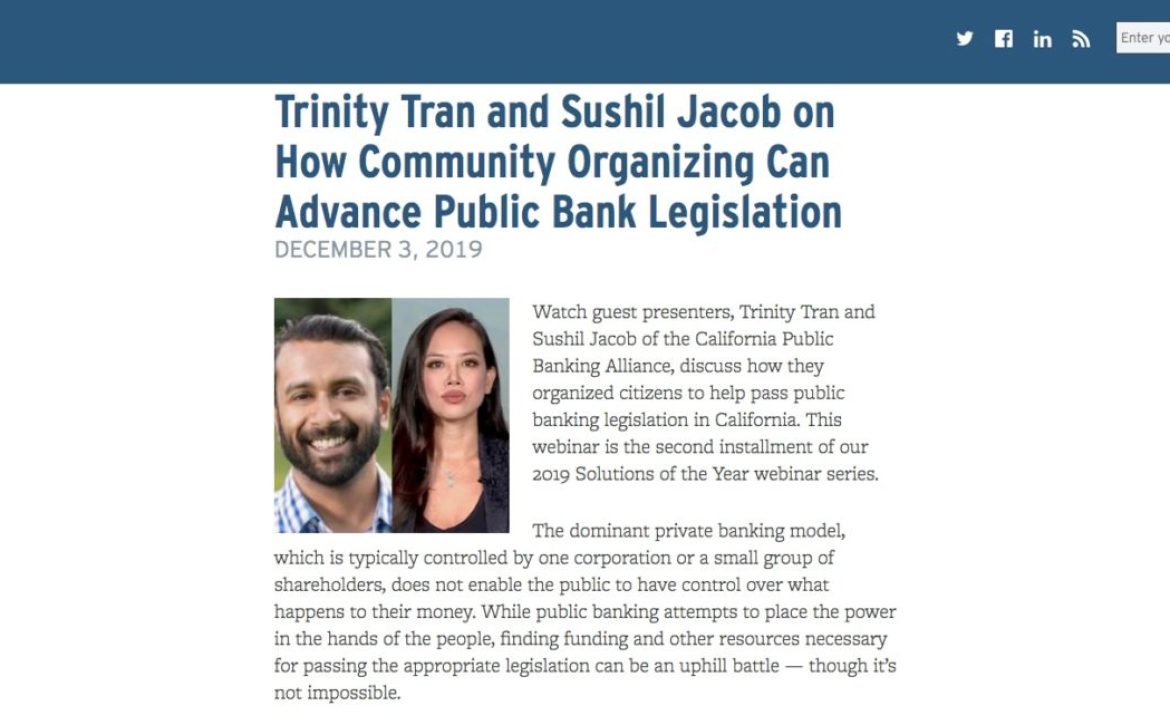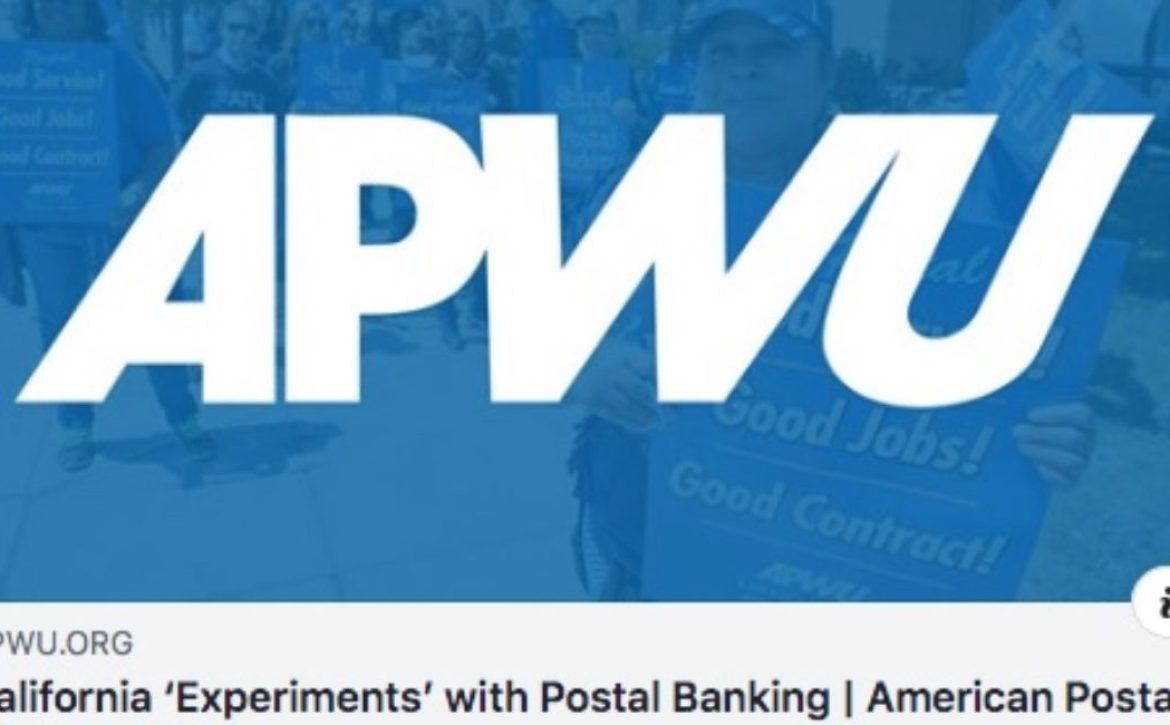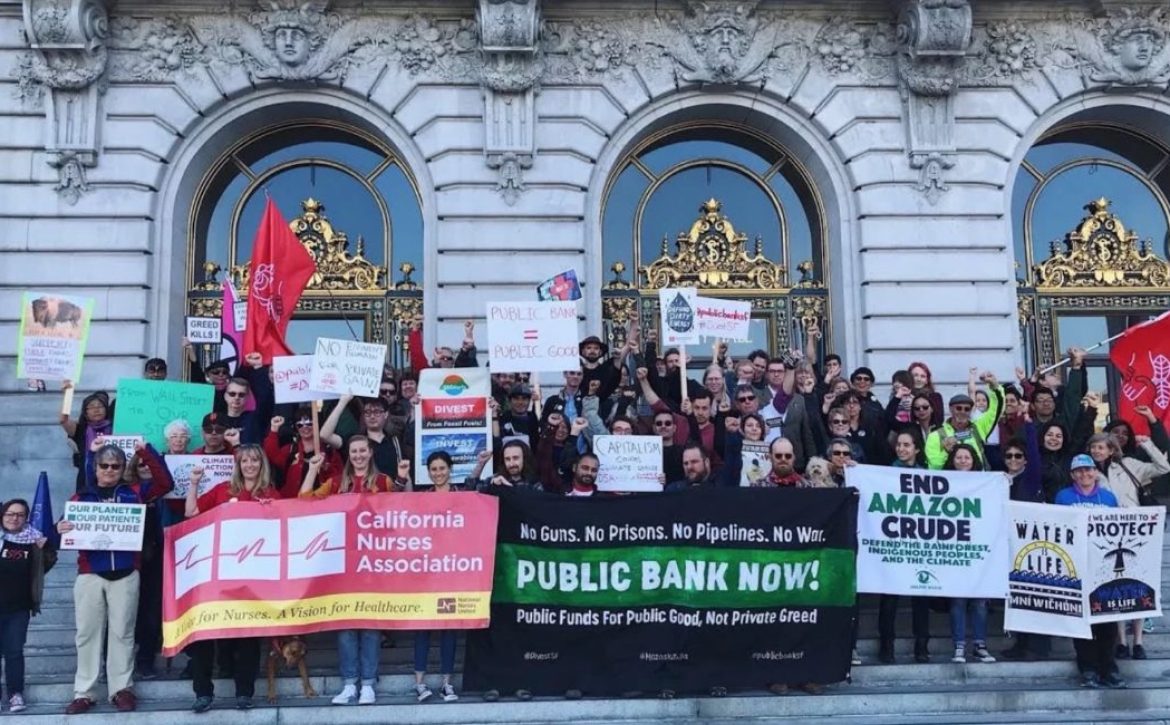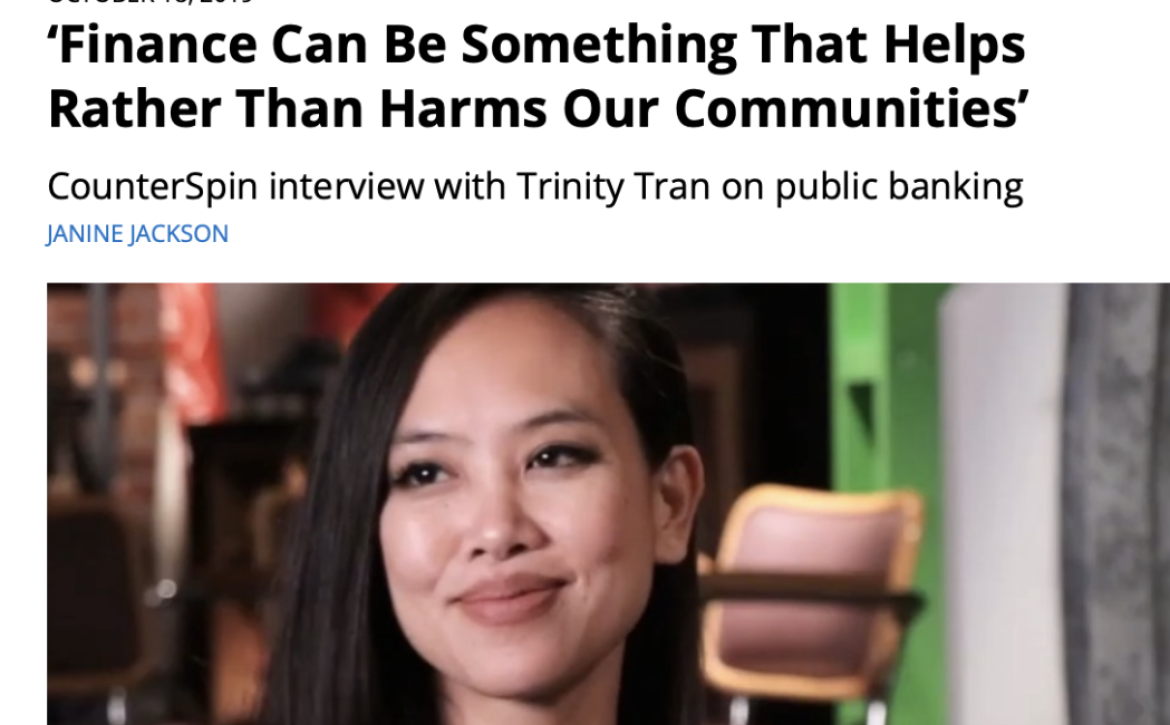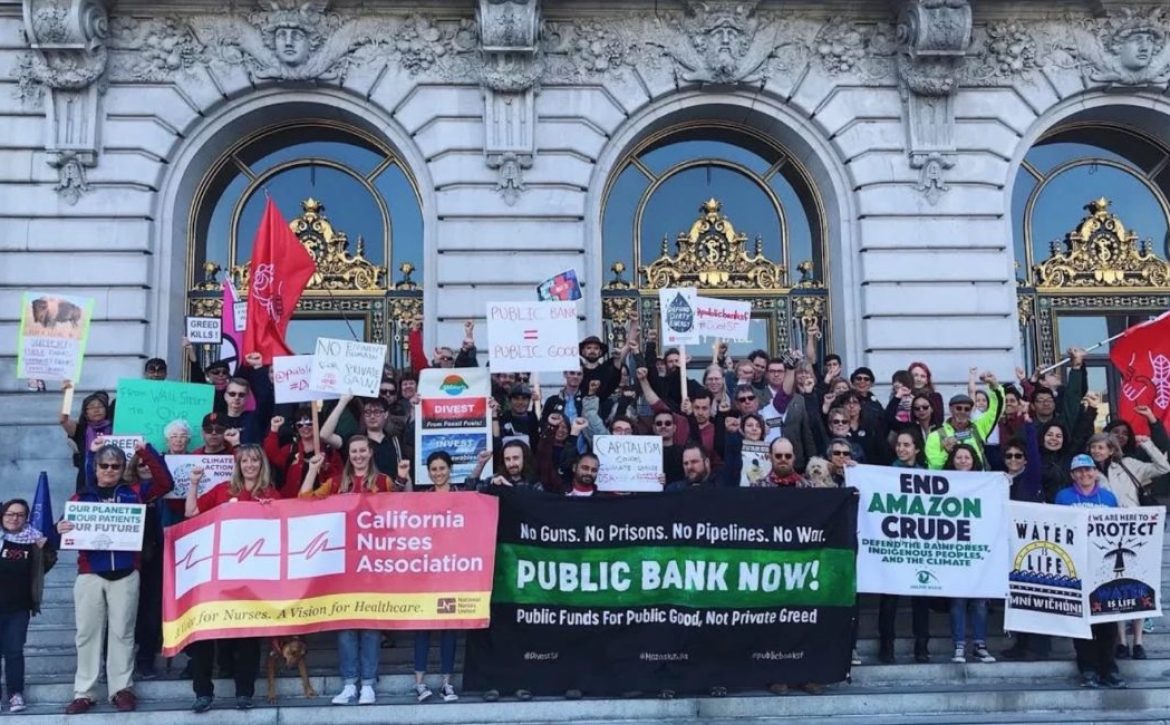CPBA organizer David Jette writes about our journey, the future of the movement and the transition to a equitable and sustainable economy on the path paved by public banks.
The California Senate has voted to enact AB 857, the Public Banking Act, which sets the standards and opens the door for municipal public banks throughout the state.
A second vote on the amended bill in the Assembly, which advanced it by a narrow margin last month, should follow tomorrow. If Governor Gavin Newsom signs the bill into law, California will be the first state since North Dakota in 1919 to enact a statewide public banking statute, and the first in history to define and regulate the formation of public banks under an ongoing licensing regime. And while these banks are likely to start small in cost, number, and competitive scale, these first steps toward a new horizon will hasten the dawn of a new American economy, one that is accountable to the wellbeing of the people and the planet.
Lobbyists from the California Bankers Association and their affiliated industry groups tried their best to kill this bill, and they succeeded in pressuring moderates in the legislature to water it down, by limiting the ways public banks can compete with private banks. But in the end, they failed to overcome the urgent desire of Californians to divest from banks which finance extractive and exploitative businesses, defraud their customers, and take risks that lead to trillion dollar, taxpayer funded bailouts and global economic collapse. Lawmakers recognized the need to declare independence from Wall Street and establish publicly-owned, public-purpose banks with more transparency, more accountability, and with an unshakeable commitment to local, equitable, sustainable and restorative investment.
As a hired security force hired by Dakota Access LLC descended on the protest at Standing Rock, they coordinated with state and federal authorities to provide “counterterrorism measures” to protect the pipeline project from the threat of peacefully gathered Lakota water protectors and their allies, who were camping in freezing temperatures and whose rights to tribal autonomy and free speech were being presently litigated at the UN. Folks traveled from all over the country to stand with Standing Rock, and when the state and fossil fuel industry united to snuff out that resistance, those folks went back to cities all over America with a bone to pick with the financiers and enablers of that attack.
Wells Fargo was a co-financier on the project, although as the bank itself points out, it contributed just 4.8% of the project’s credit facility, while 17 other banks provided forms of financing. That Wells Fargo was also the subject of investigation for illegally cross-selling products to customers without their consent (for which it has paid hundreds of millions in settlements to customers and shareholders) widened the target. And the bank’s involvement in the illegal foreclosure of homes following the financial crisis made them a target for housing justice activists all over the country.
Continue reading on Sydiot.


